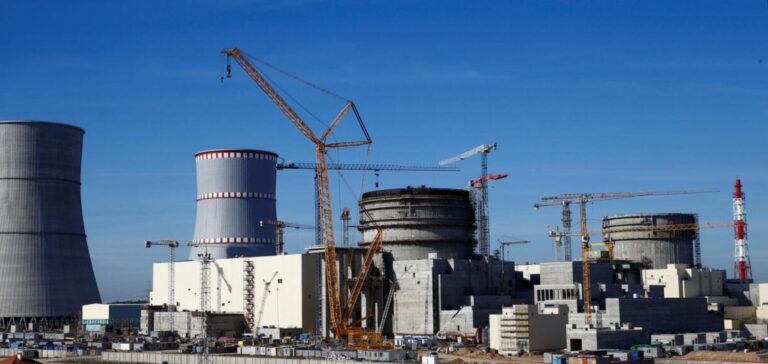The Ministry of Energy of Belarus announced that the synchronization of the second reactor of the nuclear power plant took place on Saturday, May 13 at 13:24 as part of the continuous commissioning process. According to the Ministry, the synchronization operations were preceded by a lot of work, including putting the plant in a critical state and then moving it to a controlled minimum power level, followed by an increase to 40%.
Commissioning of the unit in autumn
All these operations have been carried out in accordance with the necessary regulations and safety standards. Rosatom said specialists will gradually increase power to 50% in the next few days and conduct tests to verify that the thermal performance of the main equipment in the reactor and turbine compartments meets the design values.
The power of the reactor will then be increased in successive stages, with tests carried out at each stage, until it reaches 100%. The unit is scheduled to be commissioned in the fall of this year. Minister of Energy Viktor Karankevich said that this stage of the unit’s start-up was one of the most important and critical, resulting from large-scale work related to the installation and commissioning of equipment, as well as serious preparatory operations.
The first unit of the Belarusian nuclear power plant, located in Ostrovets, was connected to the grid in November 2020. Once the two units, equipped with Russian VVER-1200 reactors, are commissioned, the plant will produce about 18.5 TWh of electricity per year, equivalent to 4.5 billion cubic meters of natural gas, with an annual impact on the country’s economy of about $550 million.






















